GameFi (short for “Game Finance”) is an emerging sector where video games meet blockchain technology and decentralized finance.
It transforms gaming from pure entertainment into an economy where players can earn cryptocurrency and own digital assets as they play.
This comprehensive guide will explain GameFi in simple terms, highlight how it differs from traditional gaming, and explore why it matters in 2025.
1. Blockchain Games Explained: Key Concepts for Beginners

GameFi is reshaping the gaming world, where playing isn’t just fun, it’s financially rewarding. By merging blockchain technology, NFTs, and decentralized finance (DeFi), it creates gaming ecosystems owned and influenced by their players.
These are some of the concepts you need to keep in mind to understand what GameFi is about:
- Blockchain-Based Gaming
- Games run on decentralized blockchains like Abstract, Ethereum, Solana, or Immutable, storing in-game data and assets on-chain.
- This creates persistent worlds beyond the control of any single company, where assets exist independently of game servers. Companies no longer have total control over your assets.
- NFTs in gaming
- NFTs function as non-fungible tokens on blockchains (like Ethereum or others), verifying uniqueness and scarcity through cryptographic means.
- NFTs have evolved from the hype-driven bubble of 2021–2022 to more utility-focused applications in gaming, but they still face volatility, regulatory hurdles, and practical limitations.
- NFTs are collectibles that can represent unique digital assets, characters, cards, skins, or rare items. Purchasing an NFT means controlling rights; you are the controller of the asset purchased on the blockchain. You can trade or sell them freely on the blockchain gaming marketplace they originated.
- As of 2025, NFTs in gaming have shifted toward practical utility rather than pure speculation, with major studios integrating them to enhance player engagement without making them the core focus.
This aligns with broader NFT trends, where gaming represents a key growth area alongside art and virtual real estate.
Example: A rare AWP skin from Counter-Strike 2 could be an NFT stored in your wallet, not locked on one of Valve´s servers anymore.
- Play-to-Earn (P2E)
- A model where skill and time within a game can translate into real cryptocurrency or token rewards.
- Players can earn by completing quests, winning battles, or contributing to in-game economies.
- Flips the “pay-to-play” model:
- Remember EA´s abuse with microtransactions? With GameFi players earn instead of just spending tons of money.
- Play-and-Earn
- Concept that emerged from P2E after initial GameFi projects struggled to maintain growth and revenue.
- Emphasizes the fact of playing the game to have fun while also earning collectibles that could have value.
- Key Trends Shaping GameFi’s Landscape
| Trend | Why It Matters |
|---|---|
| Cross-Game Interoperability | Shared assets and economies mean NFTs work across more than one game. |
| Mobile-First UX | Games like Guild of Guardians and MY Mythical’s titles cater to on-the-go play. |
| DAO Governance | Players co-create games by voting on updates and features. |
| Regulatory Clarity | Regions like South Korea still restrict GameFi under gambling laws; US regulators are watching closely. |
2. Blockchains Powering GameFi in 2025
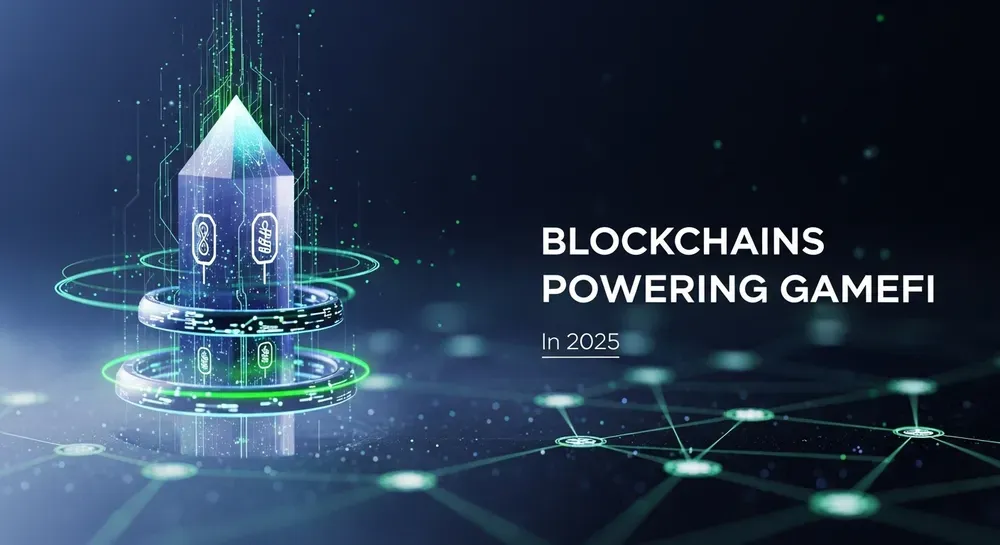
While early blockchain games were built directly on Ethereum (the most popular smart contract platform), issues like high transaction fees and slow speeds led to the rise of specialized gaming blockchains and Layer-2 networks.
These platforms make it faster and cheaper to trade game assets, crucial for a smooth gaming experience. Below are some key blockchain ecosystems powering GameFi in 2025:
- Abstract:
- Ethereum Layer-2 using zkSync tech; launched Jan 2025. There's not a token associated with this chain yet.
- Features Abstract Global Wallet: email/social logins for easier onboarding.
- Partners include Pudgy Penguins (Pudgy World, Pudgy Vibes), Pirate Nation, and Zynga’s Sugartown.
- Immutable X:
- Ethereum Layer-2 optimized for NFT trading and games—zero gas fees, instant transactions.
- Hosts games like Gods Unchained and Guild of Guardians.
- Surpassed $390M in NFT trading volume for game assets in 2025; uses Immutable Passport for easy logins.
- Ronin:
- Ethereum sidechain by Axie Infinity creators to cut fees and increase speed.
- Expanded beyond Axie to games like Lumiterra (300K+ daily on-chain users mid-2025).
- Reached 600K daily active wallets; adding cross-chain support for Ethereum, Polygon, and BNB Chain.
- Avalanche (Subnets):
- Layer-1 with “Subnets” for custom game chains—isolating traffic and customizing settings.
- Gaming on Avalanche has sparked massive interest among users.
- Hosts MapleStory Universe (50K daily users mid-2025) and DeFi Kingdoms.
- Henesys' subnet is the most active Avalanche gaming chain.
- Mythos:
- Specialized gaming blockchain built on the Polkadot Relay chain.
- Mythos aims to create a decentralized ecosystem for Web3 gaming, where players and creators can participate more freely.
- Partners include FIFA Rivals and NFL Rivals.
- Other Notable Chains
- Polygon: Popular for low fees; hosts The Sandbox and Star Atlas marketplace.
- Solana: High throughput; used for Star Atlas.
- BNB Chain: Popular for casual and DeFi-heavy games.
- WAX: Collectible/mining games like Alien Worlds.
- Flow: Sports NFT games like NBA Top Shot.
Expert Insight: “The ability of blockchain to enable new economies should disrupt the traditional model of games, where creators and gamers are not empowered.”
— Pedro Herrera, Head of Research at DappRadar
3. Best Crypto Games of 2025: Hits & Innovators
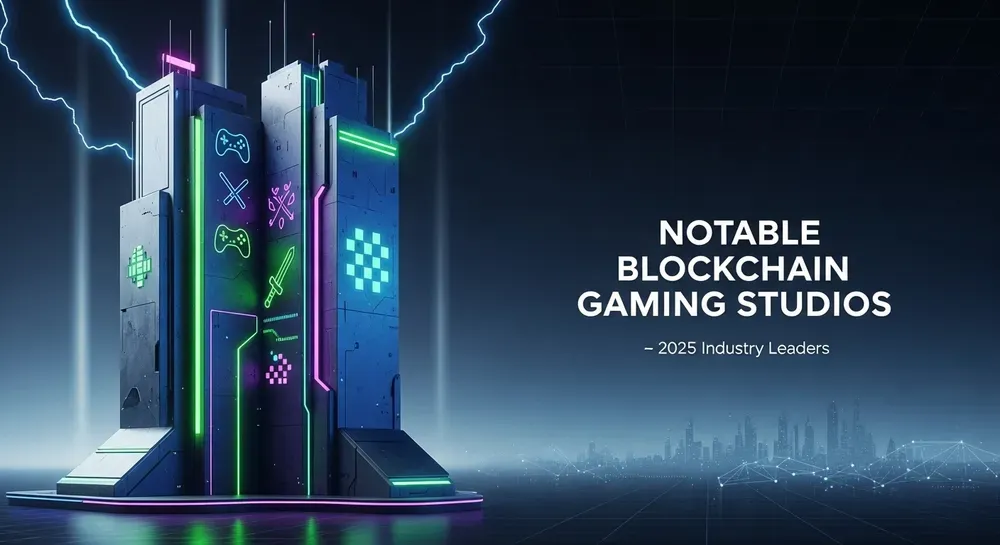
If you’re wondering what the best GameFi games of 2025 are, this section highlights some of the leading titles and ecosystems capturing players’ attention. GameFi has matured since the early days of CryptoKitties (2017) and Axie Infinity (2021); today, there’s a mix of established games with stable communities and ambitious new projects pushing the envelope.
- FIFA Rivals (Mythical Games):
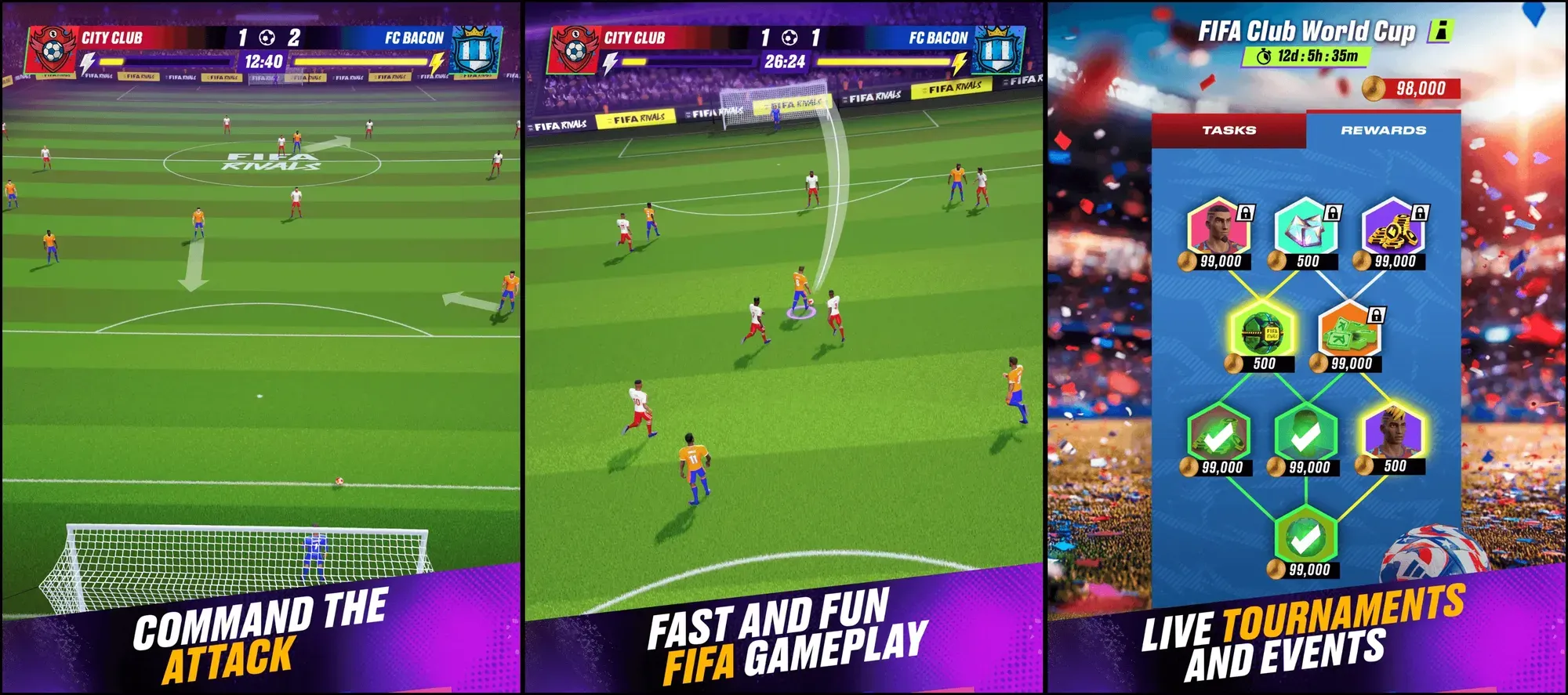
- Officially licensed mobile arcade-style football game released globally in June 2025, inspired by Mythical’s success with NFL Rivals.
- Combines real-time PvP, esports events, and NFT player and gear collectibles on the Mythos blockchain.
- Built on NFT ownership, with global aspirations, the CEO expects it to exceed NFL Rivals’ 7 million players and reach mainstream audiences.
- Heroes of Mavia
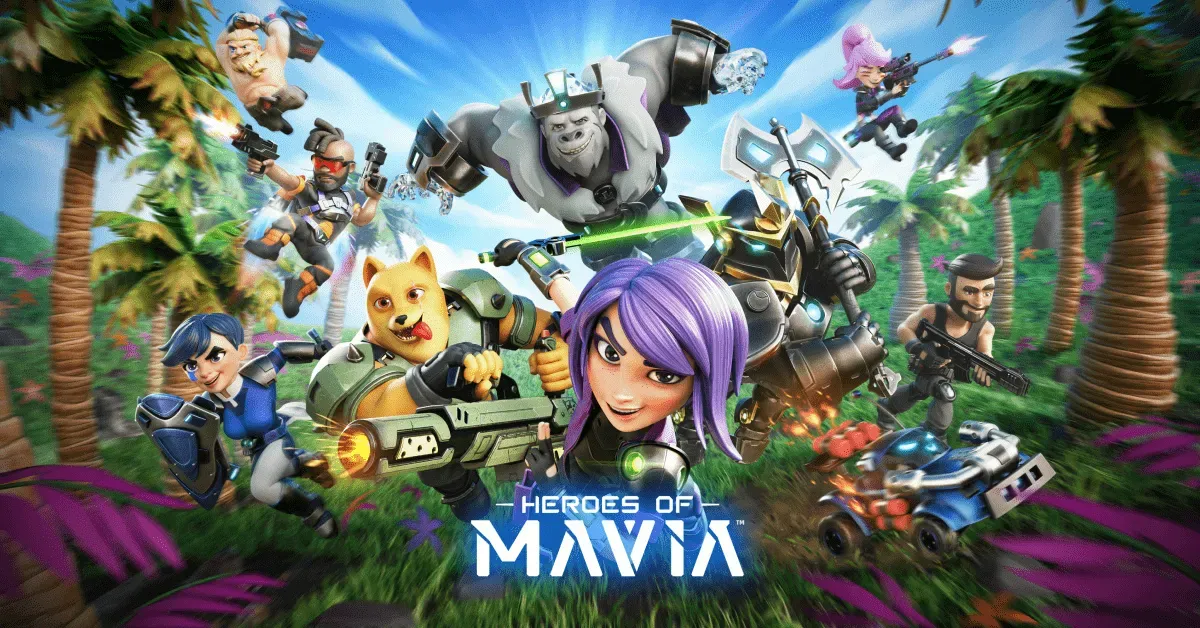
- Mobile-first P2E strategy game where players build bases and armies, battling others for resources (including RUBY token) and NFTs.
- Bridges Web2 and Web3 by providing intuitive mobile gameplay and multi-currency support to ease new user onboarding.
- Pirate Nation
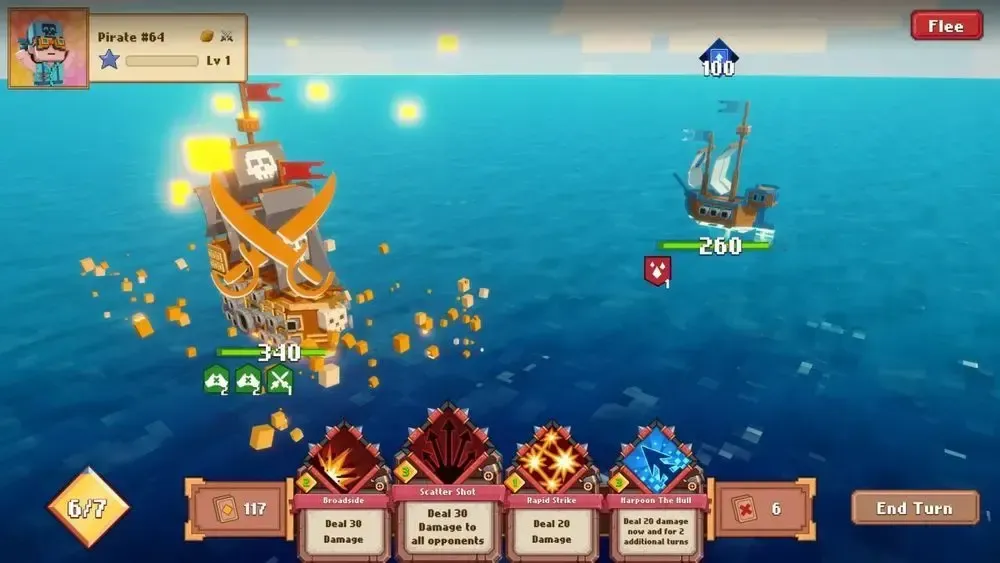
- Fully on-chain RPG where players assemble pirate crews, sail, loot treasures, and engage in island adventures—no pay-to-play gas fees.
- Uses a cross-chain and gasless model; playable after simple login via email, with all fees covered by the company.
- Gigaverse
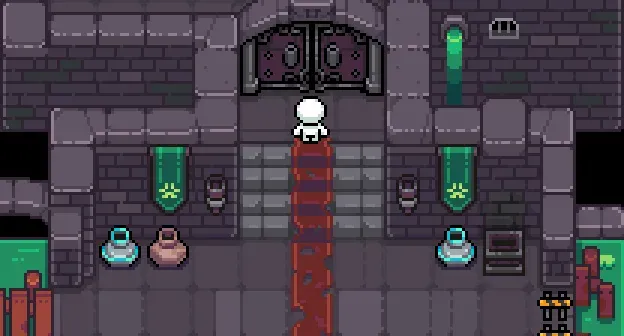
- On-chain RPG launching on Abstract chain, powered by Proof of Play, launched in February 2025 with a sold-out NFT mint.
- Players explore a multiverse, tackle quests, and shape gameplay through blockchain-based progression and player-owned assets.
- NFL Rivals
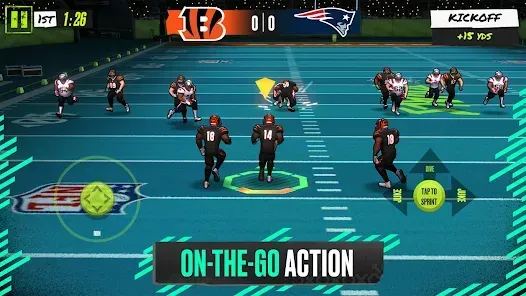
- A pioneer mobile NFT sports game with a breakout success, DAU spiked to 2 million after becoming the App Store’s "Game of the Day."
- Demonstrated how blockchain games with licensed IP can reach massive audiences quickly.
- The Sandbox & Decentraland
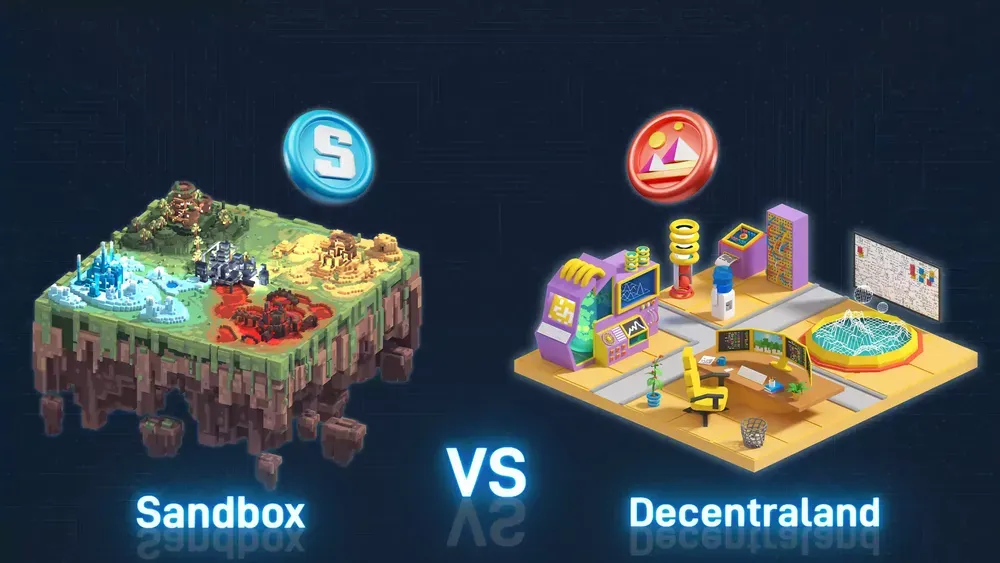
- Metaverse platforms where players own land, create experiences, and trade NFTs.
- Sandbox: Voxel-style world with brand and celebrity partnerships; ~16% of blockchain gaming market share in 2025.
- Decentraland: Social-focused virtual world hosting concerts, conferences, and events.
- Decentraland earned $275M in 2025 from land sales, wearables, and avatars.
- Both allow landowners to monetize content, making players stakeholders in the economy.
- Axie Infinity (Sky Mavis)

- An iconic play-to-earn game that popularized GameFi, where players breed, collect, and battle NFT creatures called Axies.
- Peaked during the 2021 boom and still has ~100K daily active on-chain players on Ronin in 2025.
- Runs a two-token system: SLP (earned in-game, used for breeding) and AXS (governance).
- Lifetime revenue exceeds $1.4B, mostly from breeding and marketplace fees.
- Expanded into Axie: Homeland and opened Ronin to other games.
- Pioneered “guild scholarships,” where organizations lend Axies to new players, enabling income in regions like the Philippines.
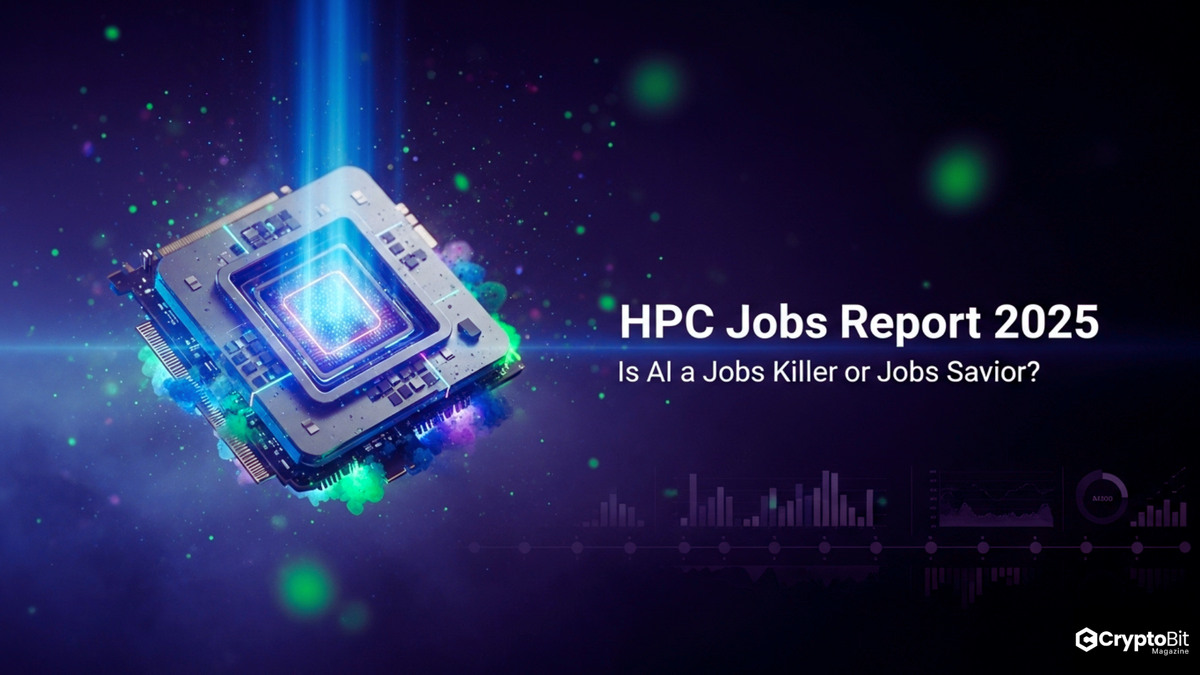
Read Our Latest 2025 Jobs Report About the HPC Market
4. Notable Blockchain Gaming Studios (2025)
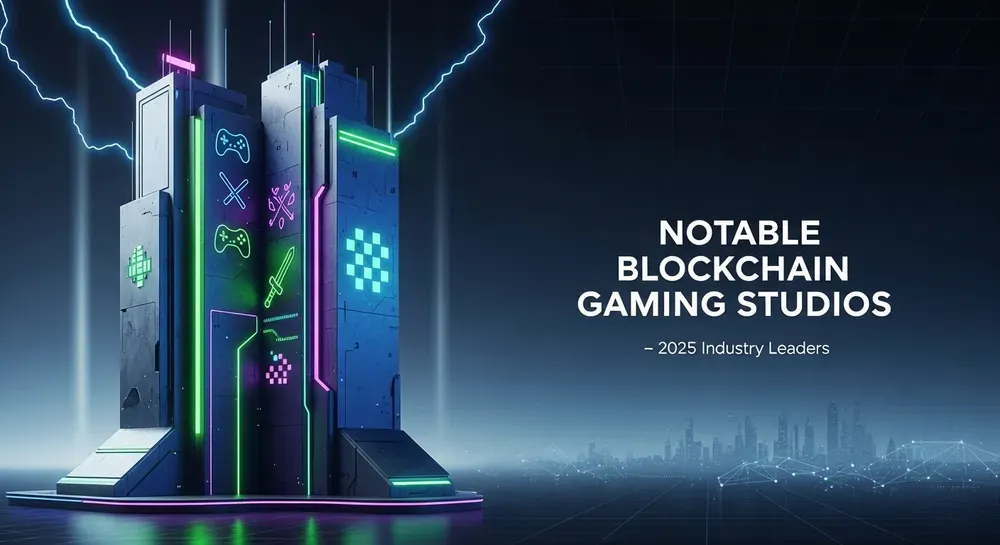
- Gala Gamesa
- Overview: U.S.-based platform creating an interconnected Web3 gaming ecosystem powered by the GALA token.
- Portfolio: Mix of genres, from competitive battlers (Spider Tanks) to farming simulators (Town Star) and narrative-driven RPGs.
- Ecosystem Strategy: Games share infrastructure like the GalaChain (their proprietary blockchain), a unified marketplace, and cross-game NFT utility.
- Revenue Share: Commands about 13% of GameFi revenue in 2025, making it one of the most commercially successful blockchain gaming entities.
- Expansion Plans: Partnering with music and film projects to diversify IP usage, potentially creating cross-media NFTs usable in games.
- Key Strength: Focus on owning their distribution and tech stack, reducing dependency on Ethereum gas fees and external platforms.
- Mythical Games
- Overview: Los Angeles-based studio run by gaming industry veterans, bridging mainstream and blockchain gaming.
- Flagship Titles:NFL Rivals: Officially licensed NFL arcade football game with NFT player cards; over 5 million downloads in first year.FIFA Rivals: Soccer title in partnership with FIFA; combined with NFL Rivals, brought 7 million registered on-chain players by mid-2025.
- Technology: Built the Mythos Chain, an EVM-compatible blockchain hosted on Polkadot, enabling low-fee, high-volume NFT transactions.
- Adoption Strategy: Focuses on Web2.5 design, smooth onboarding, familiar app store presence, and blockchain elements, optional for casual players.
- Market Impact: Sports licensing brings massive mainstream audiences into Web3 without requiring prior crypto knowledge.
- Key Strength: Ability to secure global sports IP and translate it into blockchain-native economies.
- Animoca Brands
- Overview: Hong Kong-based investment and development powerhouse; one of the largest Web3 gaming backers globally.
- Flagship Projects: Owns The Sandbox, stakes in Axie Infinity, Revv Racing, Phantom Galaxies, and hundreds of other titles.
- Investment Strategy: Acts as both a game publisher and venture investor, funding studios that align with metaverse and NFT economy growth.
- Market Influence: Through its portfolio, Animoca indirectly impacts a significant percentage of blockchain gaming's daily active users.
- Partnerships: Collaborates with global brands (Warner Music, Gucci, Formula E) to integrate real-world IP into metaverse games.
- Key Strength: Breadth of portfolio and ability to connect games, brands, and blockchains into shared metaverse ecosystems.
- Ubisoft
- Overview: French AAA gaming giant (Assassin’s Creed, Far Cry) cautiously entering blockchain gaming.
- Blockchain Division: Experimenting with NFT item tokenization and blockchain-enabled game features.
- Results: Reported ~7% revenue boost in 2025 from blockchain-related sales.
- Approach: Tests blockchain with smaller-scale projects and in-game collectible drops before wider integration into flagship IPs.
- Key Strength: Industry credibility and ability to normalize NFT ownership among traditional gamers once integrated into big franchises.
- Asian Gaming Giants
- Bandai Namco: Developing blockchain-connected virtual worlds and NFT marketplaces, leveraging anime and gaming IP like Gundam.
- Square Enix: Known for Final Fantasy, has invested in multiple blockchain projects and launched NFT-linked collectibles.
- Netmarble: South Korean giant building Web3 game IPs and partnering with blockchain infrastructure providers.
- Nexon: Launched MapleStory Universe on Avalanche, testing blockchain economies with an existing fanbase.
- Regional Strength: Asia-Pacific holds 47% of GameFi users in 2025, making these publishers critical to industry growth.
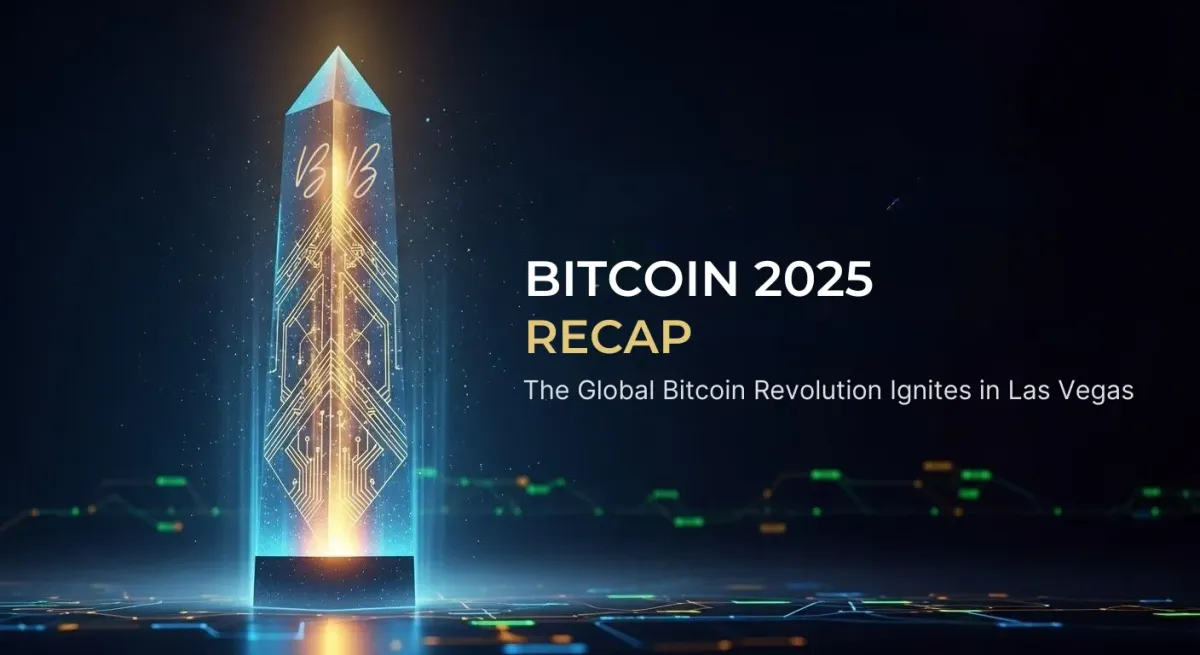
Read About Bitcoin 2025: The Biggest Bitcoin Conference in Las Vegas
5. Key Trends Shaping GameFi in 2025
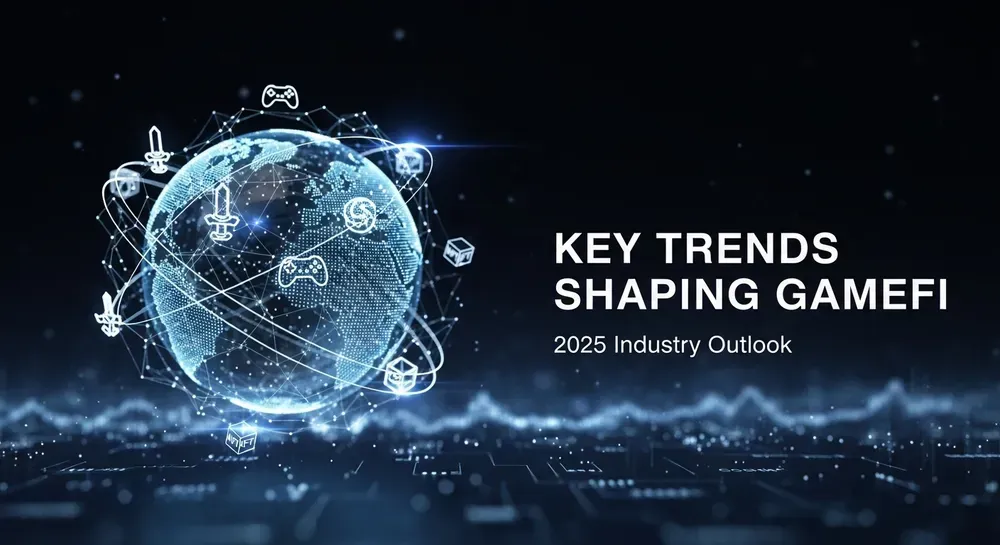
- Interoperability & Cross-Game Assets
- Definition: Assets (tokens, NFTs) can move across games and blockchains instead of being locked to one title.
- Tech Enablers: Cross-chain bridges, shared standards, and protocols like Polkadot parachains, LayerZero, and Cosmos IBC.
- Adoption Data: ~24% of blockchain game transactions in 2025 involve cross-chain interactions, and this share is growing.
- Examples:
- Treasure DAO (Arbitrum): A suite of games sharing currency and NFTs.
- Ronin ↔ Polygon/Ethereum/BSC bridges for Axie Infinity and other titles.
- Beam (Avalanche subnet) – shared economy across multiple games.
- Impact:
- Increases asset value, boosts engagement, and lowers user acquisition costs as players discover new games through owned assets.
- Vision:
- Assets as a “metaverse passport” usable in games, social hubs, and virtual events; Epic Games hosting Web3 titles hints at future crossovers with traditional gaming.
- Sustainable Tokenomics Over Hype
- Past Problem:
- 2021–2022 models relied on high emissions, infinite minting, and no sinks—causing inflation and collapse.
- Past Problem:
- 2025 Shift:
- “Play-and-earn” or “play-to-own” replaces pure “P2E” — fun first, earnings second.
- Introduces token sinks like tournament entry fees or crafting costs to balance supply.
- Seasonal or dynamic rewards adjust based on player counts or token price.
- Free-to-Play Onboarding: No expensive NFT needed; monetization via optional NFTs/season passes (similar to Fortnite).
- VC Focus:
- Funding only goes to sustainable models that don’t require endless new users.
- Market Data:
- Monthly blockchain game funding fell to ~$100M in late 2024 from $1B+ in 2021, but projects are now higher quality and longer lasting.
- Mobile-First Experiences
- Market Size:
- Mobile = 50%+ of global gaming revenue; 73% of blockchain games in 2025 are mobile-focused.
- Drivers:
- Easy access for billions in Asia, Africa, and Latin America, where smartphones dominate.
- Apple/Google app store policies are now clearer on NFTs, allowing compliant listings.
- Market Size:
- Distribution Examples:Guild of Guardians – mobile-first Immutable X RPG.NFL Rivals & FIFA Rivals – mainstream sports IP with optional Web3 features.Boxing Star X – Telegram/LINE mini-app approach bypassing app store friction.
- UX Innovations:
- Wallet abstraction (no visible wallet setup), fiat in-app purchases that mint NFTs in the background, “Tap-to-Earn” models on social apps.
- Market Trend:
- 6% YoY growth in mobile gaming revenue in 2024 to $97.6B; PC/console declining.
6. Why GameFi Matters in 2025
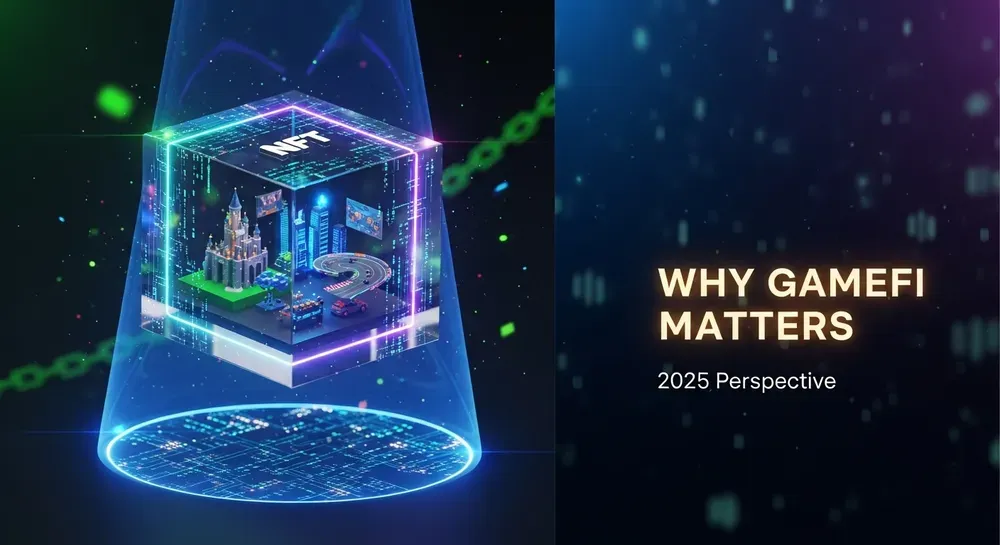
- Empowering Players
- Game assets as NFTs give players true ownership, immune to deletion or bans by studios.
- Items and achievements hold real-world value and can be sold or traded for crypto or fiat.
- In developing economies, Axie Infinity and similar games have helped players pay bills or tuition.
- DAO voting lets players influence development, funding, and ecosystem rules, making them stakeholders.
- True ownership and governance power build loyalty and long-term community engagement.
- Driving Innovation in Gaming
- New genres emerge: Move-to-Earn (STEPN) rewards physical activity, Create-to-Earn lets players monetize user-generated content (The Sandbox).
- Technical advances include scalable networks, provably fair RNG for loot, and AI-driven personalized gameplay.
- Fierce competition pushes rapid iteration in game loops, retention, and economic models.
- Traditional studios are adopting ideas like resale economies and modder monetization.
- GameFi acts as a proving ground for mechanics likely to enter mainstream gaming.
- Growing a New Digital Economy
- Q1 2025 blockchain gaming activity reached $1.64B in on-chain transaction volume.
- GameFi market cap stands at ~$26.5B, still a fraction of the $180B+ traditional gaming market but growing fast.
- New careers emerge: NFT traders, virtual real estate agents, guild managers, metaverse event organizers.
- Infrastructure boom in NFT marketplaces, analytics tools, and exchanges supports growth.
- Virtual goods and services gain measurable economic value, fueling the metaverse GDP.
- Influencing Mainstream Web3 Adoption
- Games are the leading on-ramp to blockchain, attracting more newcomers than DeFi or trading.
- Wallet abstraction hides complexity; players can log in with email or social accounts.
- Crypto mechanics are introduced gradually, often only when trading or selling assets.
- Millions of 2025 “crypto newcomers” entered via GameFi titles.
- App store and console integrations further bridge Web3 and traditional gaming.
- Future Outlook
- Blockchain gaming could reach ~$50B by end of 2025, with potential for 1B+ users by 2027.
- Major AAA titles (GTA, Fortnite) likely to integrate NFTs or tokenized economies.
- The metaverse may emerge from interconnected GameFi worlds, not a single platform.
- Larger studios will consolidate smaller games into multi-title ecosystems.
- Tech advances like AI NPCs and AR/VR will boost immersion.
- Regulatory clarity could trigger a wave of institutional investment and mainstream legitimacy.
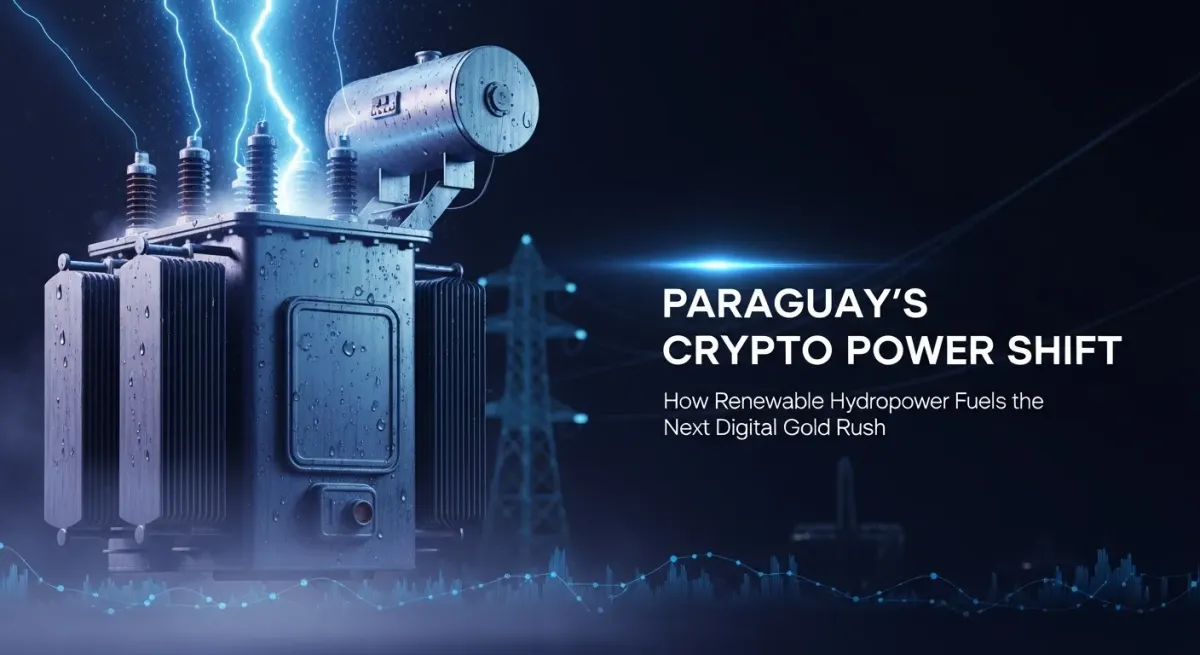
Learn About the Cheapest Electricity for High Performance Compute
Conclusion: GameFi is here to stay
GameFi is transforming gaming from closed, game studio-controlled systems into open, player-owned economies. By combining blockchain, NFTs, and DeFi, it empowers players to own, trade, and earn from in-game assets. Blockchain Gaming is blurring the lines between play, work, and investment.
In 2025, the sector is moving past the unsustainable “earn-first” hype and is transitioning towards fun-first, sustainable, and interoperable ecosystems. With mainstream IP integration, improved onboarding, and more transparent economies, blockchain gaming is positioned not just to compete with conventional gaming, but to replace it for those who value ownership, freedom, and financial opportunity.
Key Takeaways
- GameFi Fundamentals: GameFi integrates blockchain, NFTs, and DeFi into gaming, allowing players to earn real cryptocurrency through play-to-earn (P2E) or play-and-earn models, shifting from traditional pay-to-play systems to player-owned economies where assets like unique items or characters can be traded freely.
- Key Technologies and Concepts: Blockchain-based gaming runs on decentralized networks for persistent worlds, with NFTs providing verifiable ownership of in-game assets; trends show a move from hype-driven speculation to utility-focused applications, emphasizing fun alongside financial rewards.
- Leading Blockchains: Specialized chains like Abstract (Ethereum Layer-2 with zkSync), Immutable X (gas-free NFT trading), Ronin (Axie Infinity's sidechain), Avalanche (custom subnets), and Mythos (Polkadot-based) power GameFi in 2025, offering low fees, high speed, and scalability for smooth gameplay and asset trading.
- Top Games of 2025: Standout titles include FIFA Rivals and NFL Rivals (Mythical Games' licensed sports games), Heroes of Mavia (mobile strategy P2E), Pirate Nation (gasless on-chain RPG), Gigaverse (multiverse exploration), The Sandbox and Decentraland (metaverse platforms with NFT land), and Axie Infinity (pioneering P2E with ongoing expansions).
- Influential Studios: Major players like Gala Games (interconnected ecosystem), Mythical Games (sports IP integration), Animoca Brands (portfolio including The Sandbox), Ubisoft (AAA blockchain experiments), and Asian giants (Bandai Namco, Square Enix, Netmarble, Nexon) drive innovation, with Asia-Pacific holding 47% of users.
- Emerging Trends: Interoperability enables cross-game asset use via bridges; sustainable tokenomics focuses on balanced rewards and sinks to avoid inflation; mobile-first designs dominate, with 73% of games targeting smartphones for broader access in regions like Asia and Africa.
- Importance in 2025: GameFi empowers players with true ownership and governance, fosters innovation in genres like move-to-earn, builds a $26.5B digital economy with $1.64B Q1 transaction volume, drives Web3 adoption as an on-ramp for newcomers, and projects growth to $50B by year-end with AAA integrations.
- Crypto Gambling Integration: GameFi incorporates provably fair mechanics using on-chain randomness, cross-game currencies, and prediction markets, blending gaming with decentralized casinos for transparent, tamper-proof wagering.
Sources
- CoinMarketCap - GameFi Definition (2025) - https://coinmarketcap.com/academy/glossary/gamefi
- Coinbase - What Is GameFi? (2025) - https://www.coinbase.com/learn/crypto-glossary/what-is-gamefi
- Cointelegraph - GameFi Meaning & Definition (2025) - https://cointelegraph.com/learn/articles/gamefi
- DappRadar - State of Blockchain Gaming in Q1 2025 (April 10, 2025) - https://dappradar.com/blog/state-of-blockchain-gaming-in-q1-2025
- DappRadar - State of Blockchain Gaming in Q2 2025 (July 10, 2025) - https://dappradar.com/blog/state-of-blockchain-gaming-in-q2-2025
- CoinGecko - Top Gaming (GameFi) Coins by Market Cap (2025) - https://www.coingecko.com/en/categories/gaming
- CoinGecko - 2025 Q1 Crypto Industry Report (April 16, 2025) - https://www.coingecko.com/research/publications/2025-q1-crypto-report
- CoinGecko - 2025 Q2 Crypto Industry Report (July 17, 2025) - https://www.coingecko.com/research/publications/2025-q2-crypto-report
- Immutable - Powering The Next Generation Of Web3 Games (2025) - https://www.immutable.com/
- Mythical Games - Official Website (2025) - https://mythicalgames.com/
- Chainplay.gg - Best P2E NFT Blockchain Games (2024-2025) - https://chainplay.gg/
- Rock'n'Block - 7 GameFi Development Trends to Watch in 2025 (July 9, 2024, updated 2025) - https://rocknblock.io/blog/what-is-gamefi-development-trends-insights
- MetaLamp - What is GameFi: The Future of Blockchain-Based Gaming (February 9, 2025) - https://metalamp.io/magazine/article/what-is-gamefi-the-future-of-blockchain-based-gaming
- Yellow.com - GameFi in 2025: User Growth Continues (June 28, 2025) - https://yellow.com/research/gamefi-in-2025-user-growth-continues-as-sector-awaits-its-minecraft-moment
- NFT News Today - GameFi Q1 2025 Report (March 26, 2025) - https://nftnewstoday.com/2025/03/26/gamefi-q1-2025-report-user-growth-chain-activity-and-revenue-trends
- BlockchainGamerBiz - Top 50 Blockchain Game Companies of 2025 (August 2025) - https://www.blockchaingamer.biz/features/36719/top-50-blockchain-game-companies-of-2025/
- CoinEx - The Future of Crypto Gaming in 2025 (May 1, 2025) - https://www.coinex.com/en/academy/detail/2537-the-future-of-crypto-gaming-in-2025-gamefi-earnings-trends-risks
- ChainCatcher - GameFi Before 2025: Lessons We Had to Learn (May 20, 2025) - https://www.chaincatcher.com/article/2182402
- Simplio - GameFi: The Road to 2025 (January 21, 2025) - https://simplio.io/blog/gamefi-road-to-2025
- Chainplay.gg - How Gambling Mechanics Are Shaping the Next Wave of GameFi (2025) - https://chainplay.gg/blog/how-gambling-mechanics-are-shaping-the-next-wave-of-gamefi-titles/
Research Note: This article draws on data and insights from Cointelegraph, Nasdaq, DappRadar, CoinGecko, and public statements from industry leaders including Yat Siu (Animoca Brands) and Pedro Herrera (DappRadar), as well as blockchain activity data from Immutable X, Ronin, Avalanche, and Abstract ecosystems to ensure accuracy.
Risk Disclaimer: Cryptocurrency investments carry significant risks, including price volatility, regulatory uncertainty, cybersecurity threats, liquidity constraints, and potential market manipulation. Consult a qualified financial advisor before investing.
Published: August-2025 | Update Scheduled in January-2026
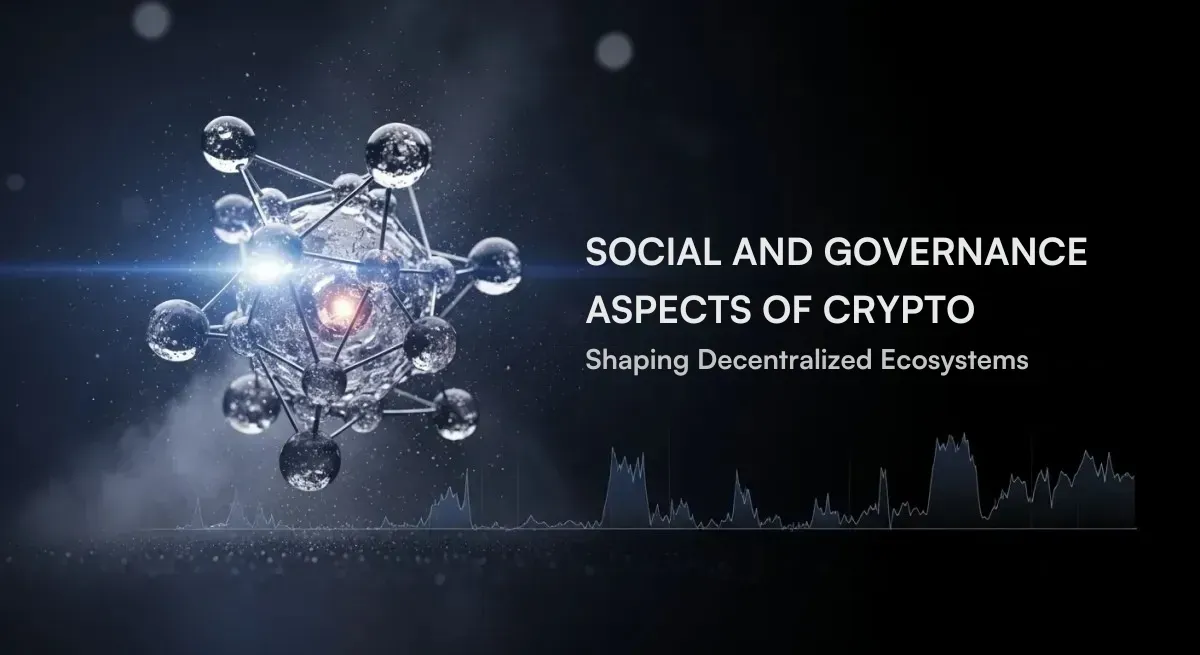
Read About What's Shaping Decentralized Ecosystems
Subscribe to CryptoBitMag for more strategic insights. Want to collaborate? Reach out to mac@cryptobitmag for inquiries.

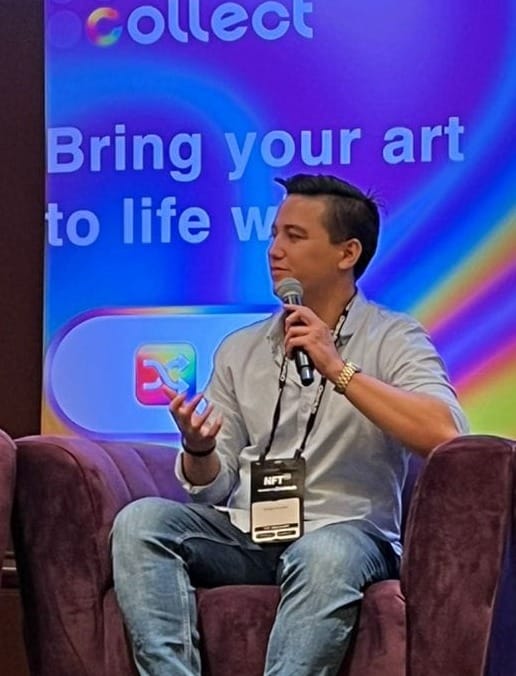





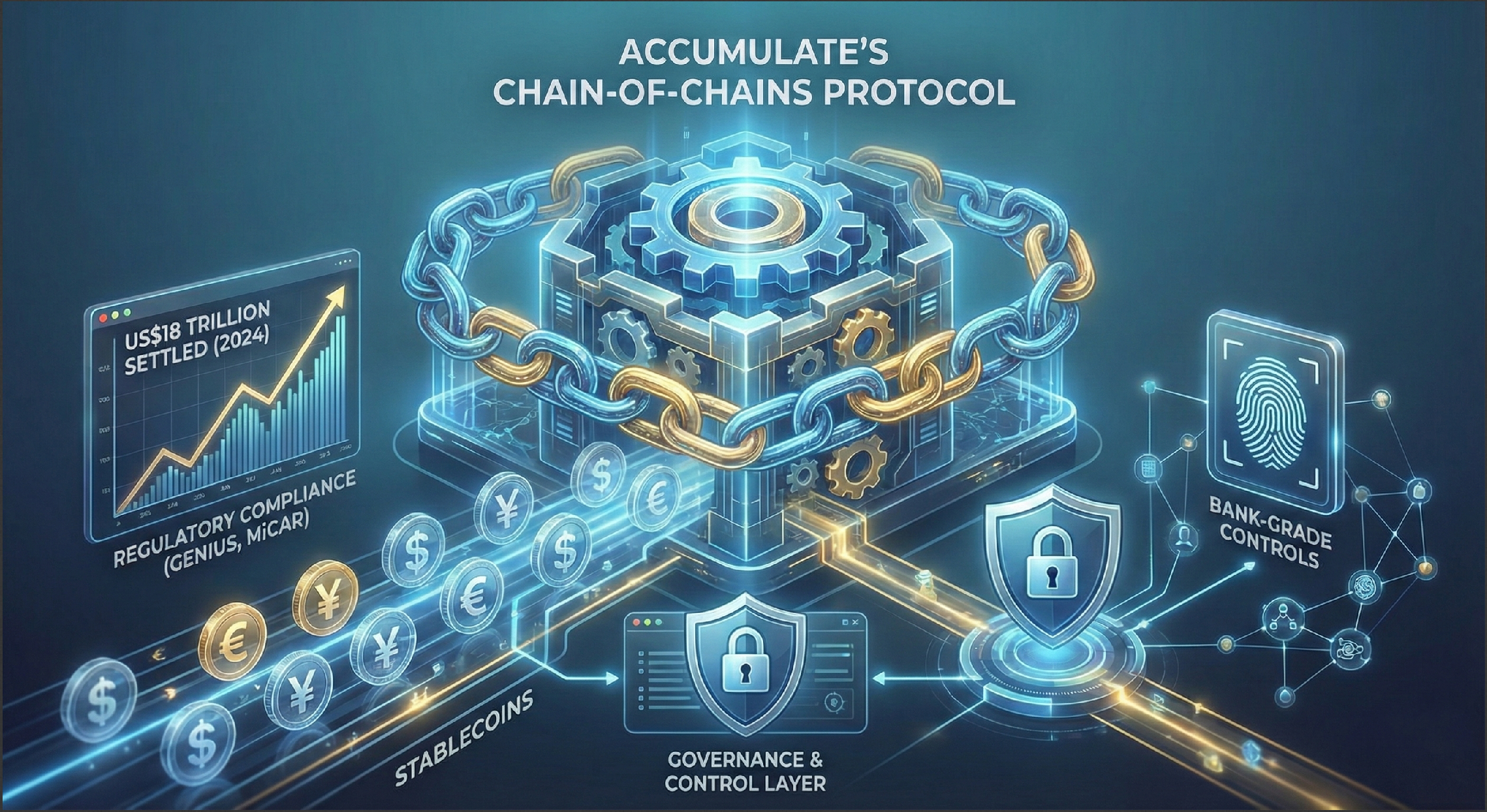
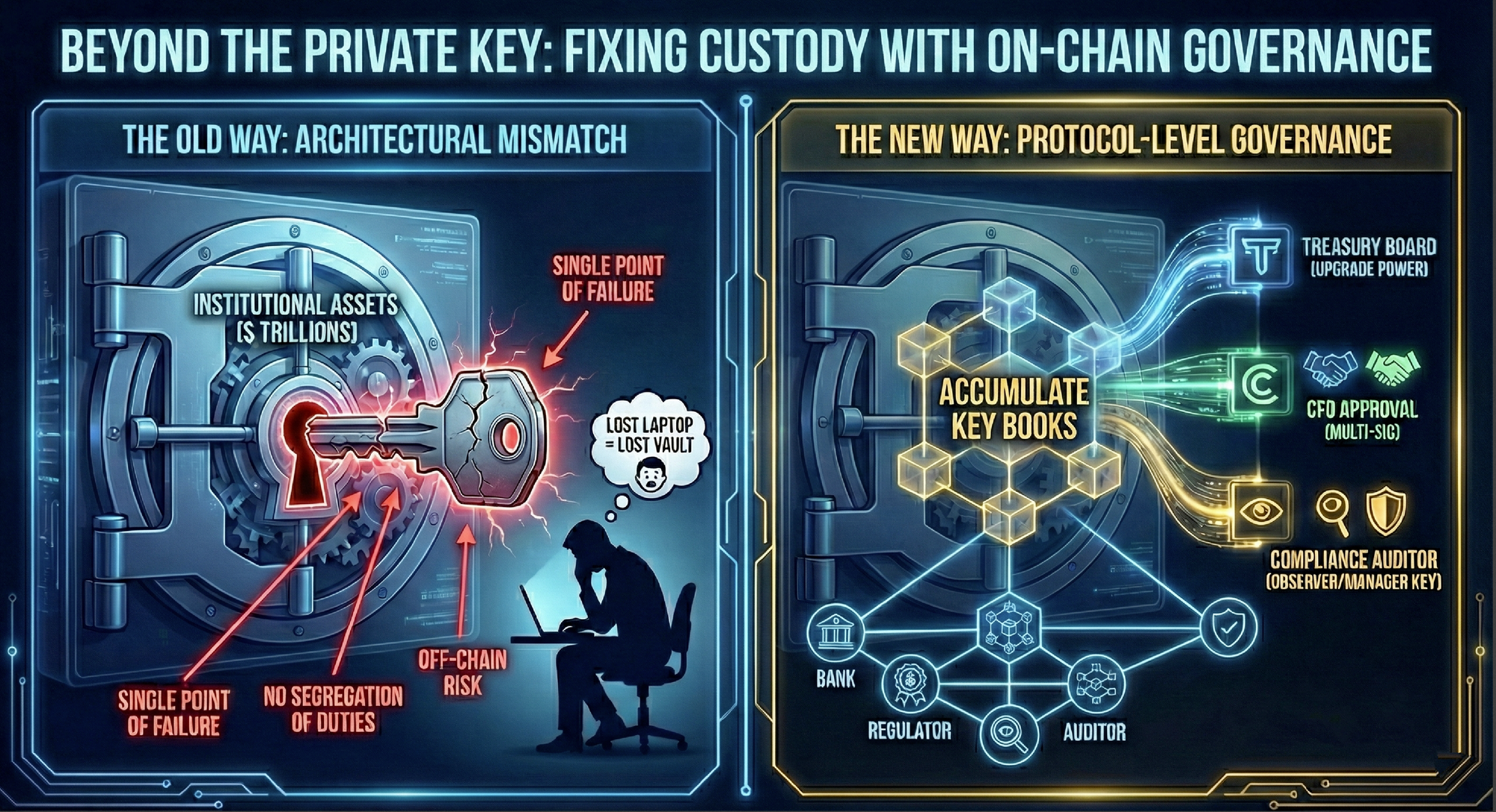
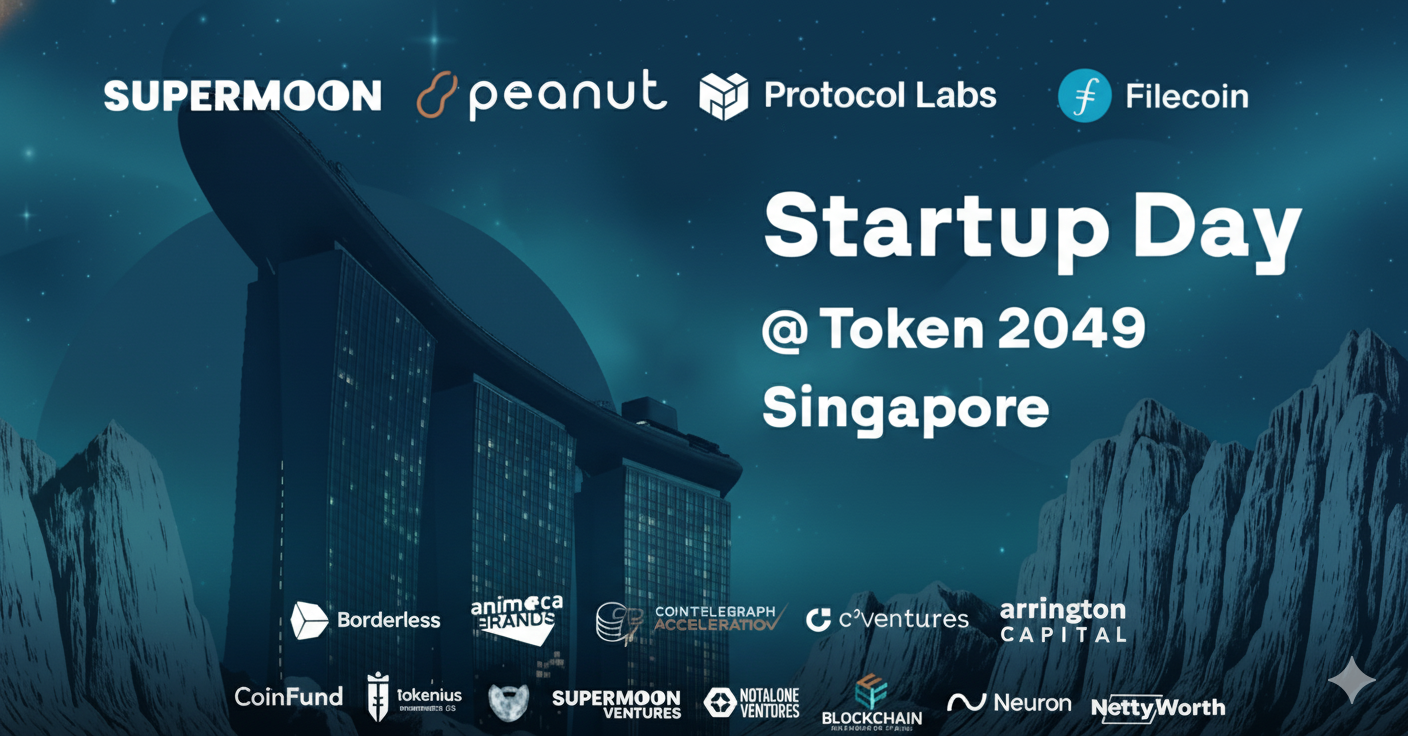
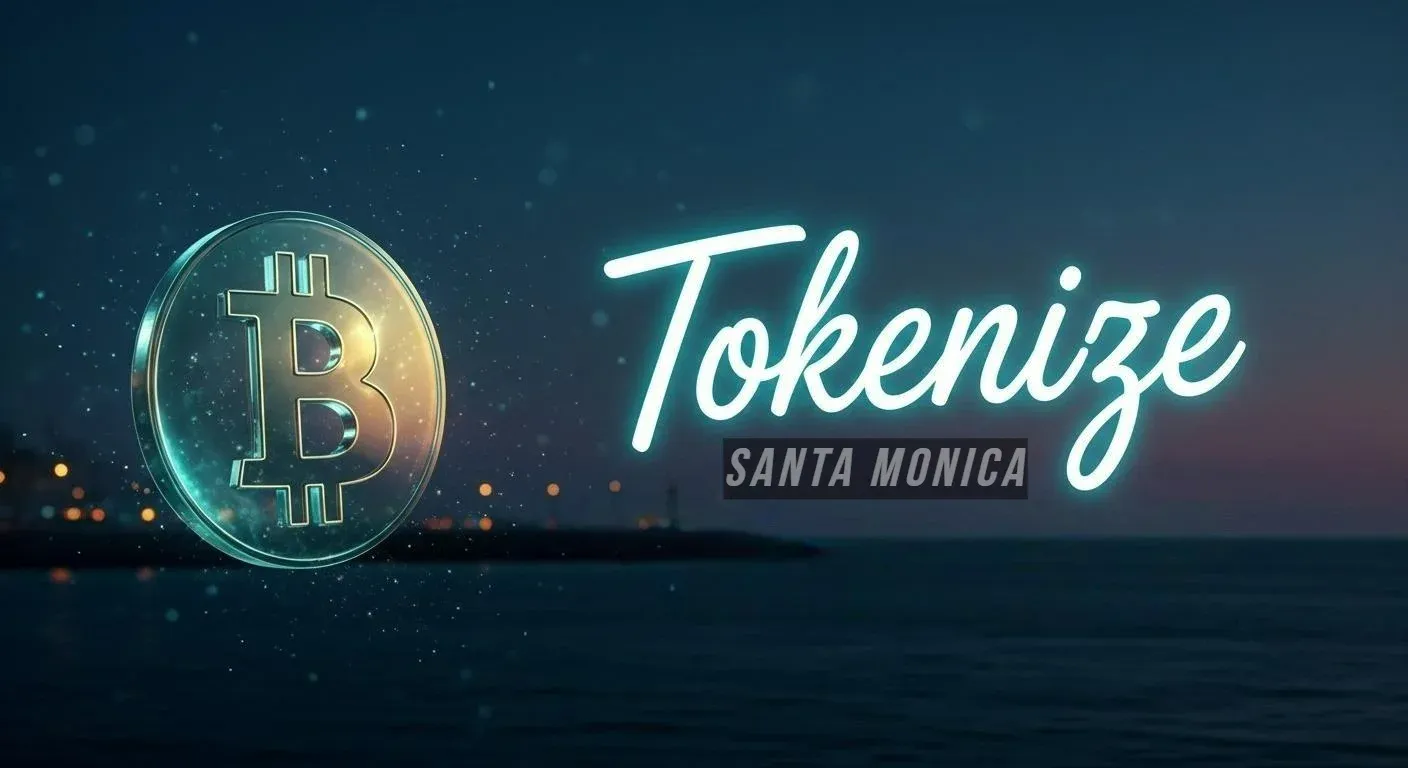
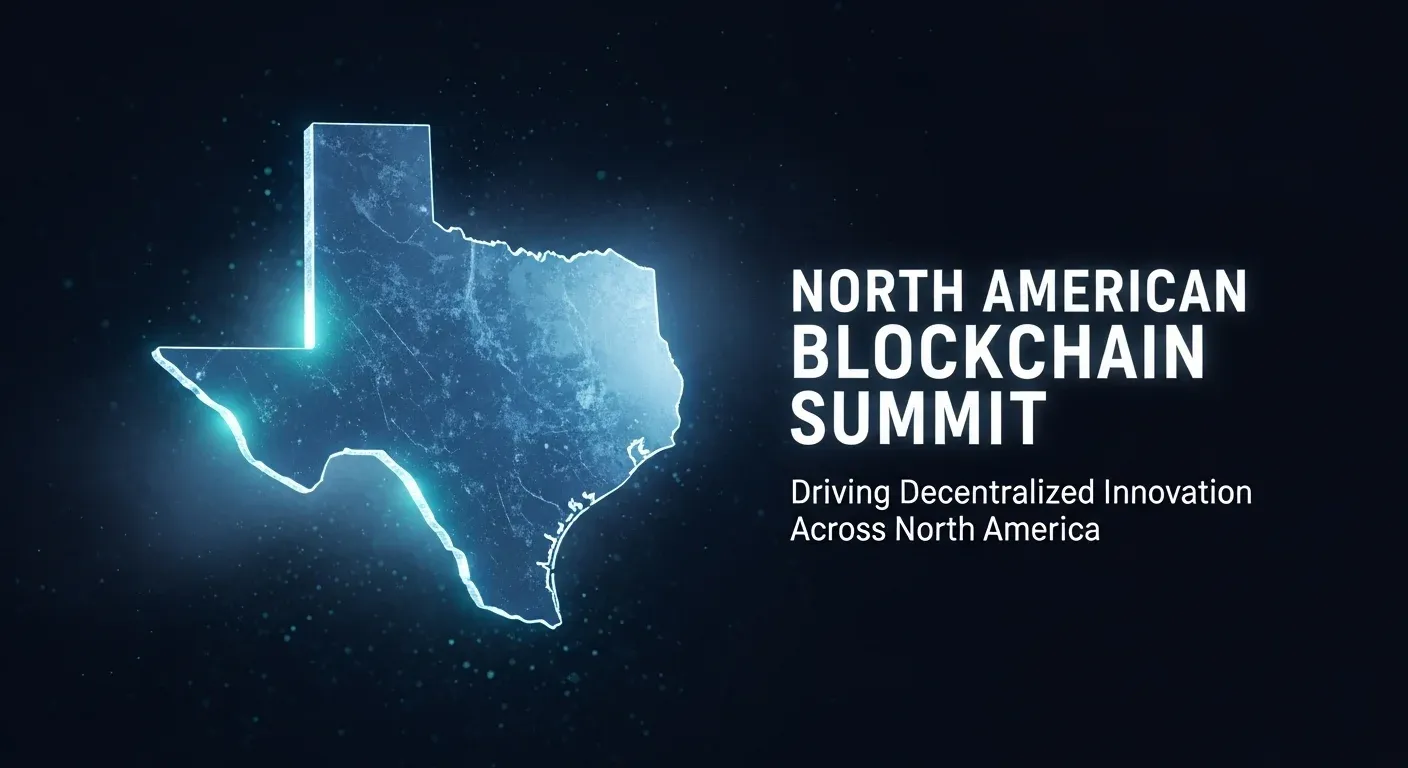
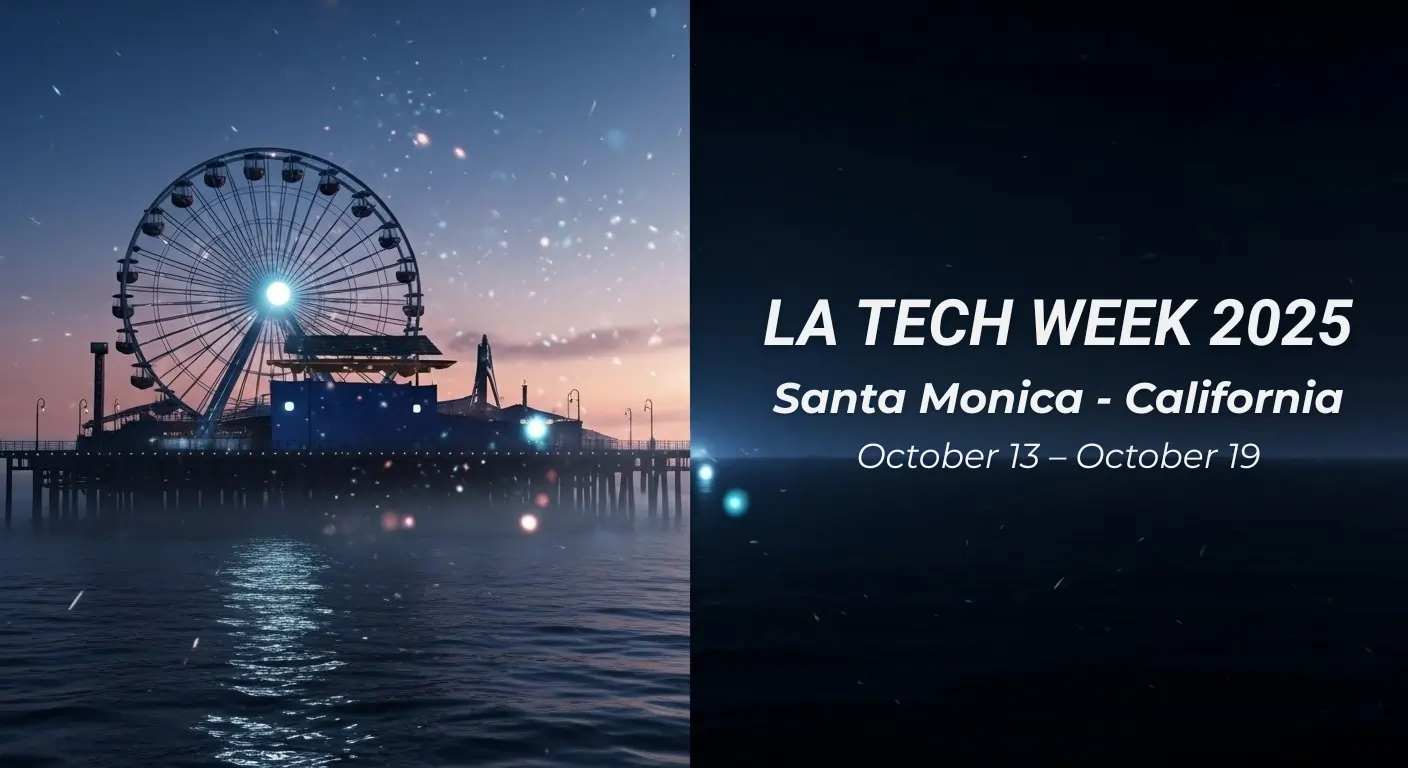
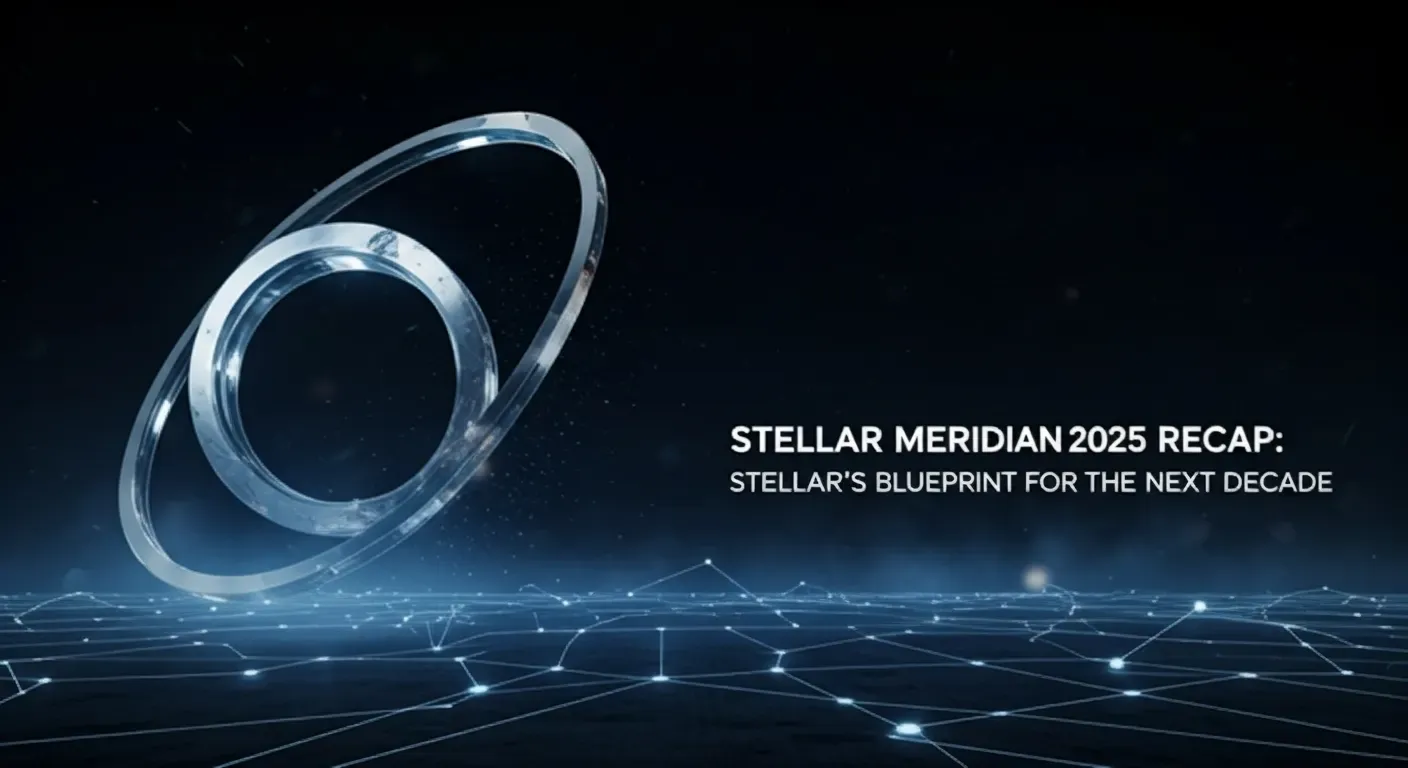
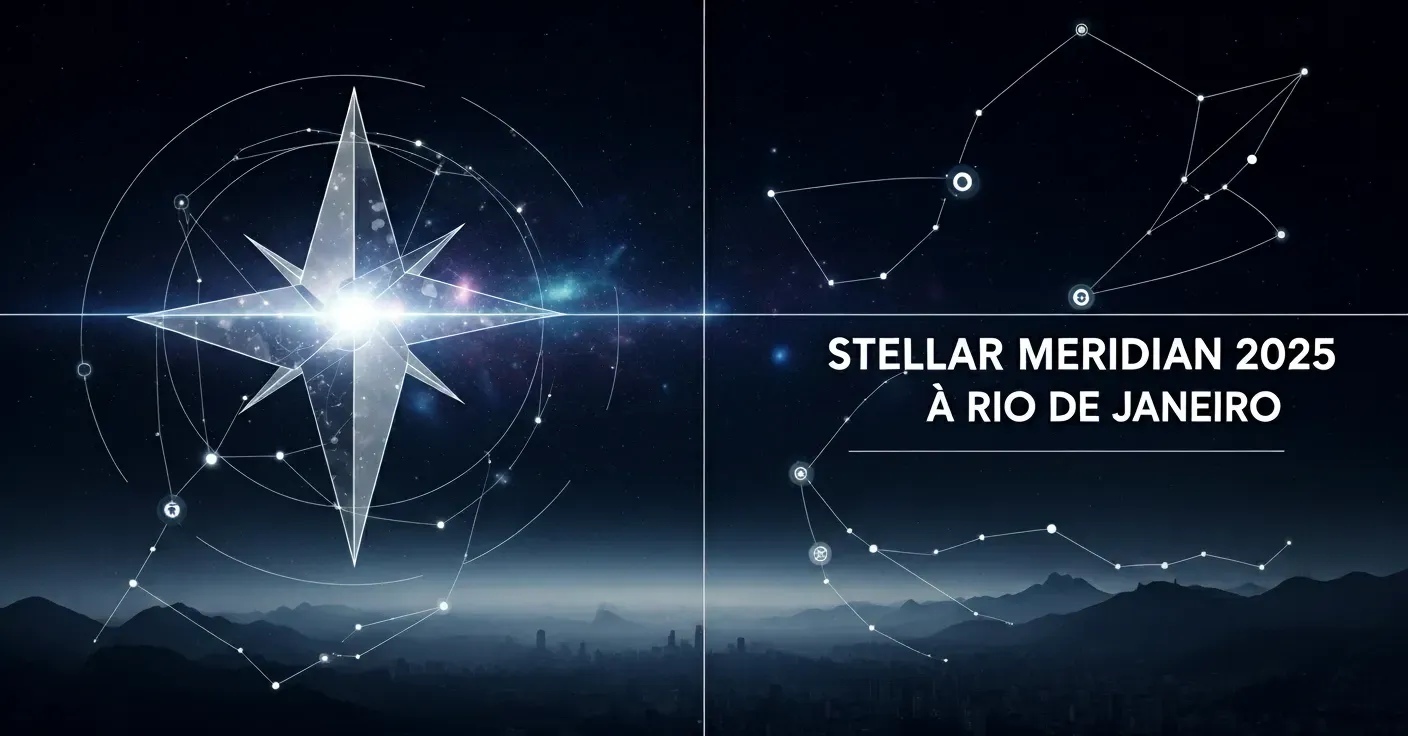


Discussion